The Victorians: Fascinatingly Weird Facts About The Most Eccentric People In Modern History
The English Victorian era fascinates people from all around the world for very different reasons. From the romantic settings in The Brontë sister’s novels to Charles Darwin’s scientific discoveries and the political turmoil of the Industrial Revolution, there’s a lot to dig into when talking about this time, and there indeed is an aspect for anyone’s fascination.
The period lasted from 1820 to 1914, marked by the reign of Queen Victoria. It was a booming period for the English Empire, the most powerful country in the world at the time. But it wasn’t all power and glory for everyone. There was a distinct class—almost three-fourths of the population was working class. Join us as we dissect the weirdest facts and customs that the Victorians held in high regard.
Not Your Average Skin Care
The Victorians, like us, had high beauty standards. Regarding the skin, they held similar ideals to ours nowadays, except their methods didn’t include hyaluronic acid moisturizers and vitamin C serums. As you might expect, many dermatologists would probably not approve of their methods today.
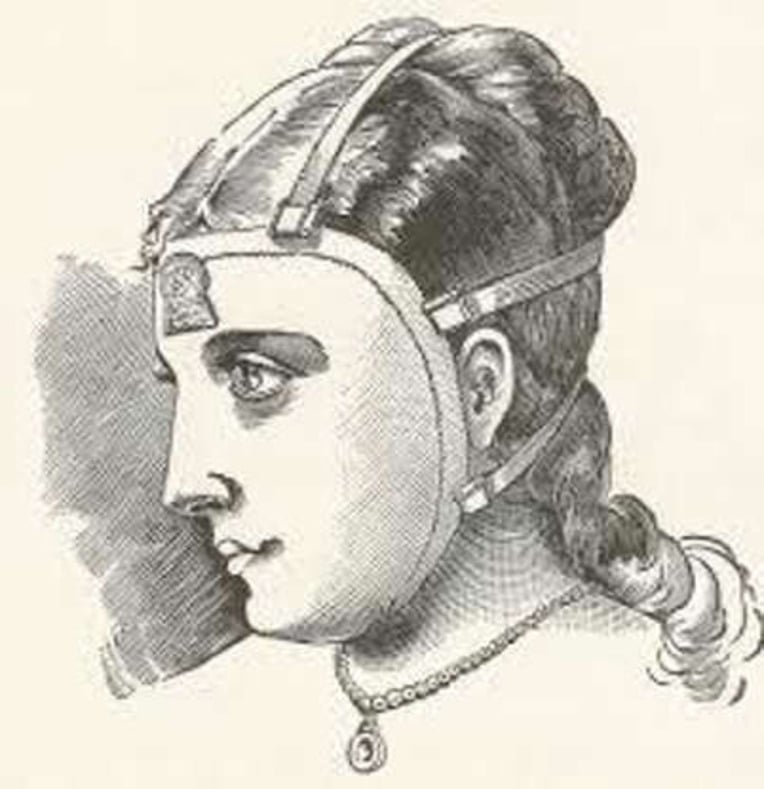
Source: Timeline
Face masks were commonly used to treat rosacea, dry skin, and acne—similar to the masks we use today, except they didn’t use sheets. Instead, they used raw beef and veal! Another technique they used was strapping a rubber facemask on their face overnight to induce sweat; this supposedly helped women attain a soft complexion. The latter was discontinued because some unguents used were poisonous.
Snap Dragon
In any era of wealth and power, there’s always an element of wackiness. Victorians loved their parlor games, and these eccentric folks weren’t satisfied with poker and board games. Some of these games were very dangerous and probably caused more than one accident at the time.
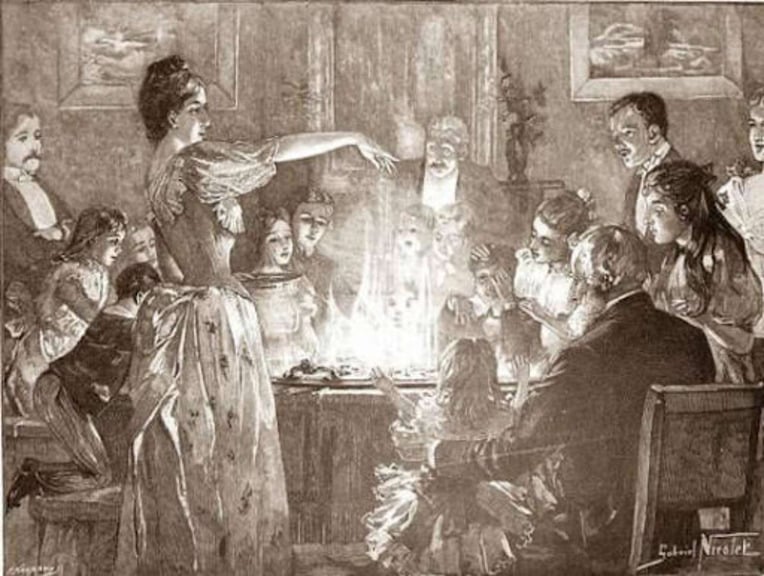
Source: Pinterest
“Snap Dragon” was a typical parlor game meant to be played on Christmas eve or during other winter festivities. Samuel Johnson’s Dictionary describes the game as “a parlor game in which people have to catch raisins out of burning brandy and extinguish them by eating them.” If this doesn’t sound very safe, imagine doing this with all lights dimmed and alcohol on the premises!
Digestion Aid
According to research done on the architecture of the time, the dining room used to be in the basement of the house, next to the kitchen—an odd place compared to modern homes, which tend to place the kitchen near a window and have a dining room nearby.
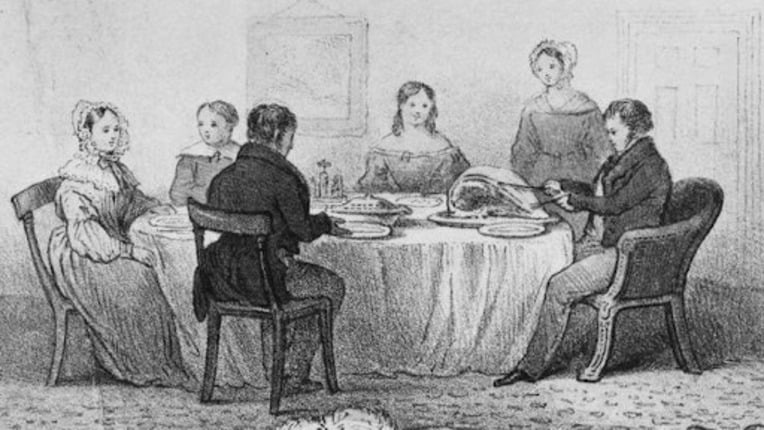
Source: BBC
The Victorians would gasp at our houses in disgust—they believed digestion could be best attained when sitting in the dark. The idea of barely lit rooms eventually faded, but since people wouldn’t simply remodel their homes with the trends, the servants were the ones who inherited the dark basement dining rooms.
Arsenic For Everyone!
Even though arsenic was known to be poisonous in the Victorian era, many people didn’t mind—the promise of youthful skin was more important. “Arsenic Complexion Wafers” were very commonly used as skin treatment intended to eliminate pimples, freckles, redness, and many other non-aesthetic natural skin factors.
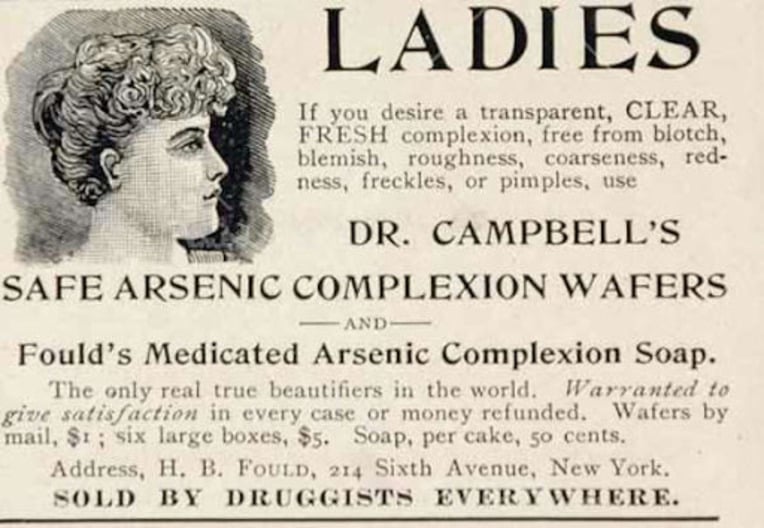
Source: Molly Brown House Museum
Other uses for arsenic in the Victorian era were: a treatment for syphilis, a treatment for “bad blood,” an antibiotic, and a proto-viagra tablet (before Pfizer developed their famous blue pill). Now it is common knowledge that arsenic is a highly poisonous and dangerous carcinogen. People exposed to arsenic experience terrible side effects, including cancer, heart disease, and death.
Victorian Death Photography
During this infection-riddled time, death was a frequent guest. Even the slightest cold could become deadly—especially for children, as hygiene was still not considered a priority. But one technological advance they were very fond of was the photographic camera!

Source: Boing Boing
The Victorians used the novelty of photographs to immortalize themselves and their deceased. Nowadays, we would find this an eerie tradition, but let’s remember that paintings were costly, so this was a great solution to keep a loved family member’s image alive. Plus, there were no moral or written rules regarding what was or was not meant to be photographed.
Corsetry
Contrary to common belief, the Victorian corset was a comfortable garment. If anything, the modern bra is the real torture device. Corsets and stays were made to help women attain the beauty standards of the day, but unlike nowadays, they didn’t go through painful procedures to achieve the silhouette. The best way to attain a wasp waist isn’t tying up your gut—it’s padding around it.
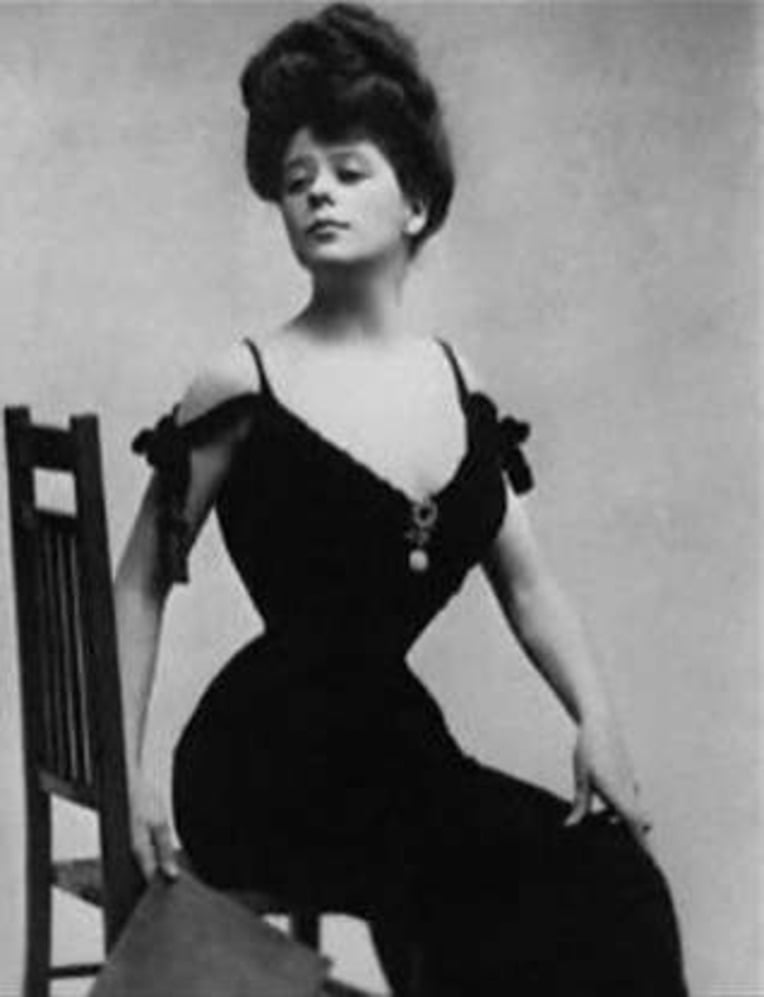
Source: Reddit
By adding extra fluff to areas surrounding the bust and hips, women gave themselves tiny waists to impress gentlemen at any given ball. With the many layers of clothes that would go over the chemise and underwear, women could add flair through ruffles and patterns that enhanced the illusion. So, no, Victorian women didn’t have breathing problems due to corsets—that’s just a movie trope.
Black Market Corpses
In a time of technological advancement and lucrative entrepreneurship, one had to find ways to make an extra buck, even if it meant a little bit of blasphemy here and there. Grave robbing was a typical side gig for those with the courage to endure the uncomfortable feat.
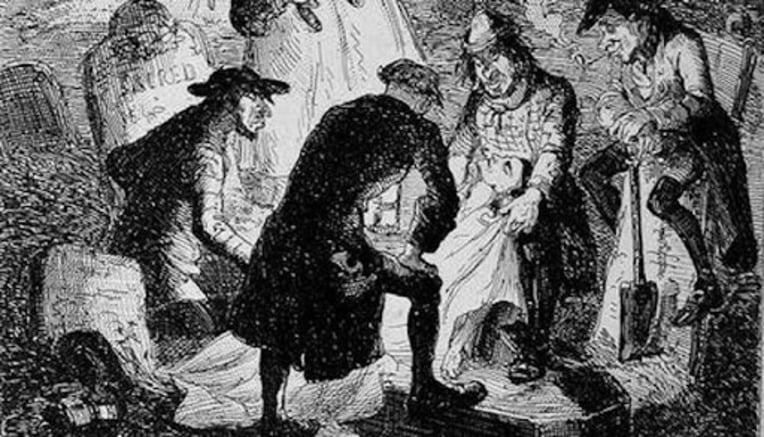
Source: Smithsonian
Thieves could resell the jewels and garments the deceased were buried in could be resold for a nice amount of money. But the real prize was the corpse itself. Medical students would buy fresh corpses from the black market to study them. That’s why many graves from the time had metal fencing around them; protection from thieves was important.
Fashionable Hats
Hats were all in vogue with the Victorians, probably because hair-keeping was so difficult and expensive. Women generally preferred covering their heads. It should come as no surprise that they opted for the most unconventional and eccentric design they could think of.
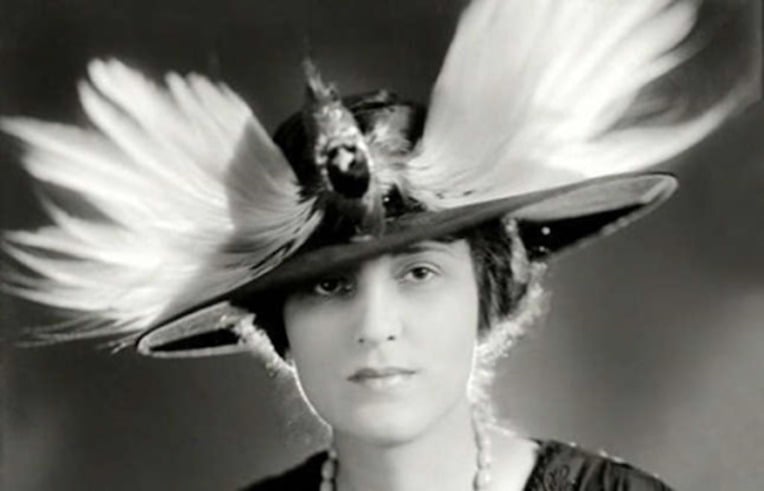
Source: PSMag
With taxidermy trending in those days, the Victorians didn’t only show off their exotic animals in the form of statues or using their feathers. Many used the whole animal as decorations for their attire, specifically hats. Unfortunately, this custom caused many birds to become extinct since the demand was so high, and there was little regard for animal conservation.
Mummies For Sale
The Victorians were avid explorers, and they filled museums with objects they collected from their travels, whether the native population consented or not. Mummies became a craze in England. As scavengers ravaged Egypt trying to find artifacts from the ancient culture, Victorians became fascinated by mummies in particular.
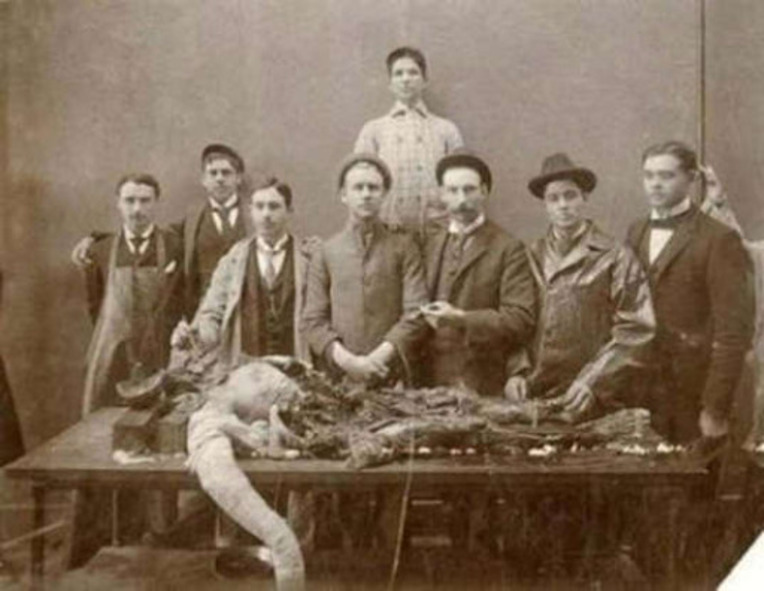
Source: Ancient Origin
It became common practice for many Egyptians to bring mummies from far-away areas to famous sites to sell them to the English. Getting a mummy home meant organizing an “unwrapping party” where gentlemen gathered around a table and unwrapped the mummy from their bandages. The morbid display was often played with and photographed.
Life-Bearing Garden Hermits
Who doesn’t love a garden gnome? It lifts anyone’s spirit to know a little mute fellow is accompanying us while we tend to our garden. Wealthy Victorians also had a knack for that type of company but, as always, took it to a bizarre extreme.
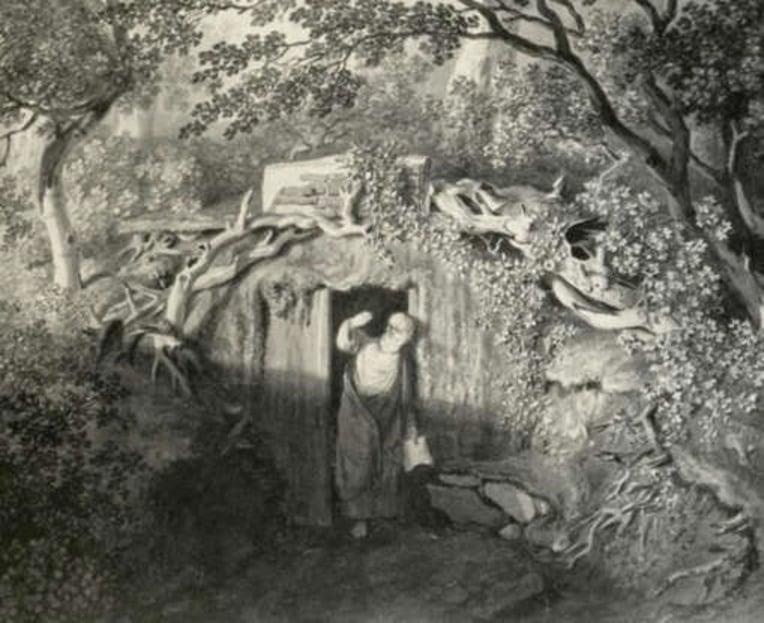
Source: All That's Interesting
People of the highest strata seemed to spend their money in odd ways. Some people would hire someone to live in a garden hut in a remote corner of the land, wear a full beard, long hair, glasses, and of course, a robe, to be a full-time hermit. They weren’t permitted to speak to anyone while on duty. Harsh!
Jewel Bug
Large animals and birds weren’t the only creatures brought to severely low population levels during the Victorian period. Many bugs were also affected by the trends of the time. For example, beetles, butterflies, and other eye-appealing insects were commonly used to decorate jewelry, hair accessories, and dress attachments.
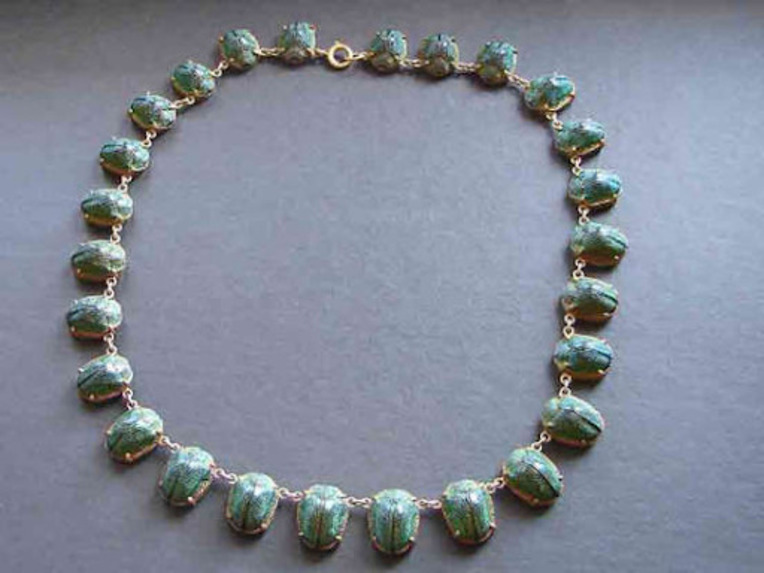
Source: Pinterest
Sometimes these insects weren’t even dead! Some beetles were encrusted with gold or other jewels and a chain so that the bug wouldn’t escape. Then the chain would be worn as a lapel pin. Weird, right?
Morbidly Afraid
The Victorians were obsessed with death and everything relating to it, especially the supernatural. The era was eerie in itself, with less technology and lots of superstition backed by the church. So it should come as no surprise that they would have some odd tricks under their sleeves (or graves). There was an enormous fear of being buried alive, probably for a good reason.
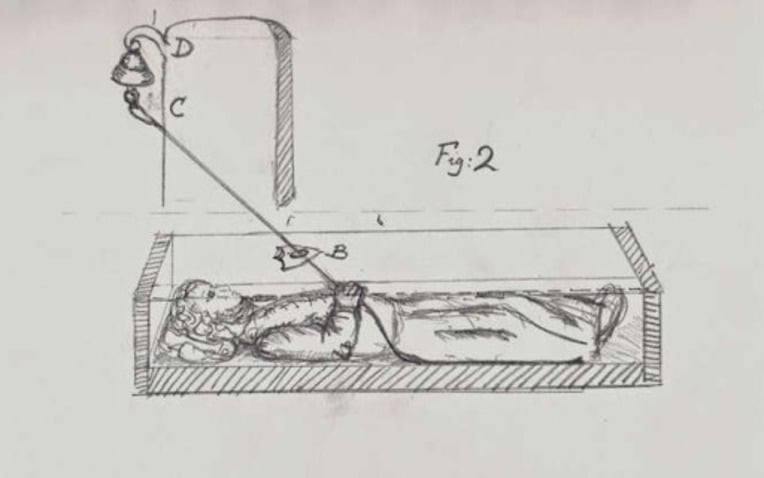
Source: The Detailed History
The medical tools used to certify the death were archaic, and the press sensationalized stories of being buried alive. Some people were buried with outfitted bells, so if the wrongly-interred person wasn’t dead, they could ring the bell and be saved. The bells did occasionally ring, but they were set off by the swelling of the corpse.
Sold To The Highest Bidder!
In a time of prudeness and religious overbearing, it wasn’t easy to attain certain rights that are common nowadays. Divorce wasn’t only heavily frowned upon—it was also incredibly costly and challenging to acquire. Unless you were from a very powerful family, divorces weren’t attainable.
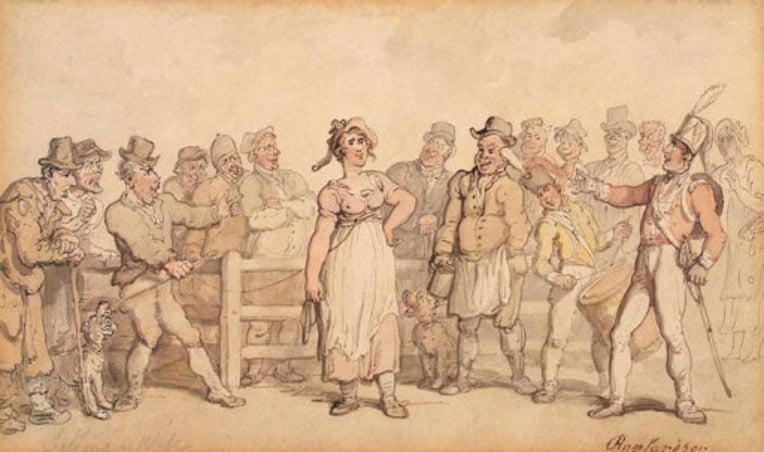
Source: Hermitage Museum/Wikimedia Commons
Those without the means of a divorce, people opted for a rather unconventional method of getting rid of a spouse—they sold their wife to the highest bidder. Usually, the buyer was her original family, but it could also be her lover in some dramatic cases—which feels like the premise of a romantic novel.
Train craze
Railways were the most important invention developed in the Victorian era. People finally had the chance to transport goods and travel further distances rapidly. But, as it usually happens, this came with skepticism. People believed that the high speeds of trains could induce terrible mental afflictions.
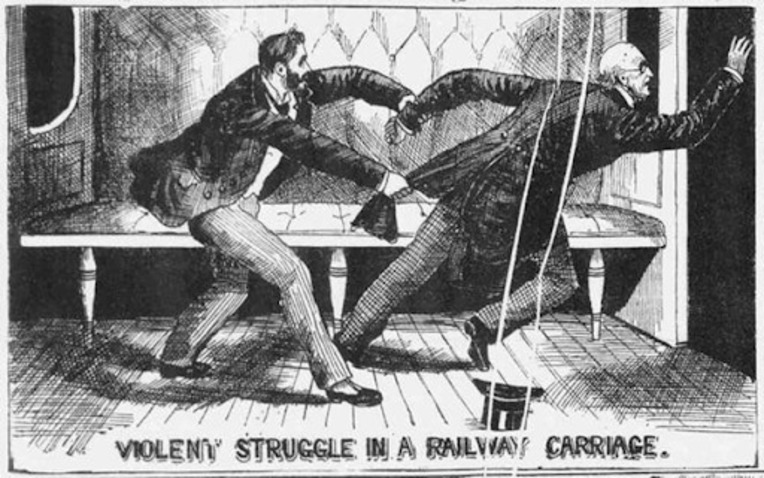
Source: Atlas Obscura
Allegedly, something about the iron beasts’ noise and motion could trigger madness, violence, and even death. Of course, that sounds very far-fetched to people nowadays, but there were many news stories and reports on events like this from the time.
Black Was In
Fashion in the Victorian period was of utmost importance to many people. With a booming industrial revolution underway, it was how people could distinguish between social classes and flaunt their wealth. We can study the time’s clothes through surviving pieces, fashion plates, and photography.
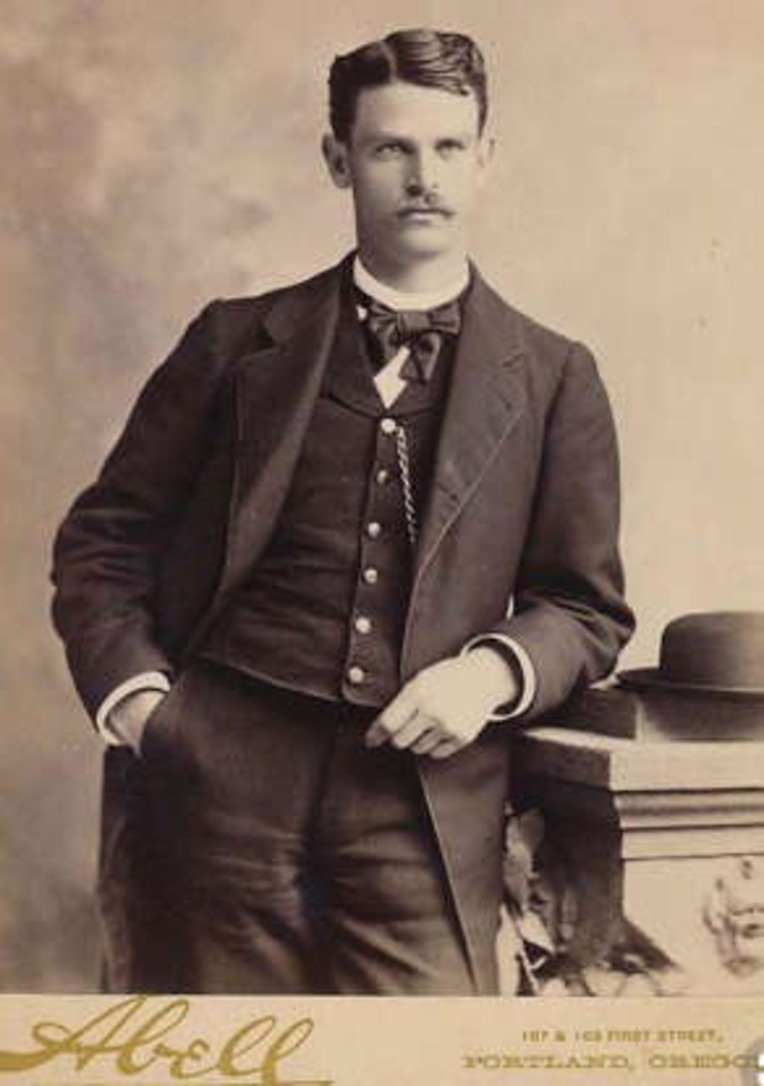
Source: Pinterest
Black and dark colors were very trendy, not because they were more flattering but because of their functionality. The problem with white is that it got dirty incredibly fast, and washing clothes wasn’t easy. People had to walk through coal-riddled streets and dirt roads, so it seemed reasonable to leave white for undergarments and inside clothes only.
Stick To The Schedule
It was challenging for everyone to keep up with the protocols of everyday Victorian life. For example, households had strict visiting hours. Without the magic of text messages, you would have to arrange a meet-up with plenty of time in advance.
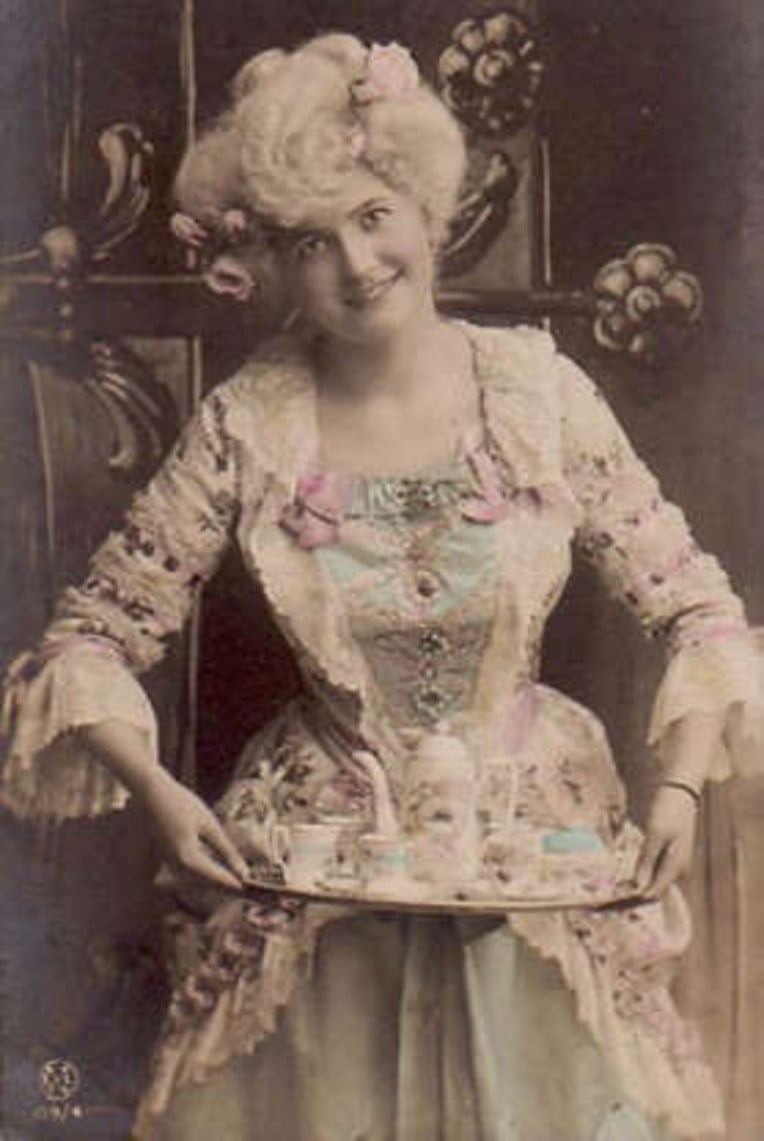
Source: Pinterest
And even then, if anyone dared show up out of the blue, there were protocols to be followed. For instance, the visit had to be held between three and six in the afternoon. Very close friends and relatives could stay until later, but not as much as to be intrusive during dinner time—unless invited to stay. Harsh!
Layers Upon Layers!
Dresses were very intricately made in the Victorian era, and they have been the subject of fascination for historians. There were many steps (and parts) in attaining the desired look. First came the chemise, stockings, and drawers. They tended to be made out of cotton or wool and were made to protect the skin from the preceding articles.
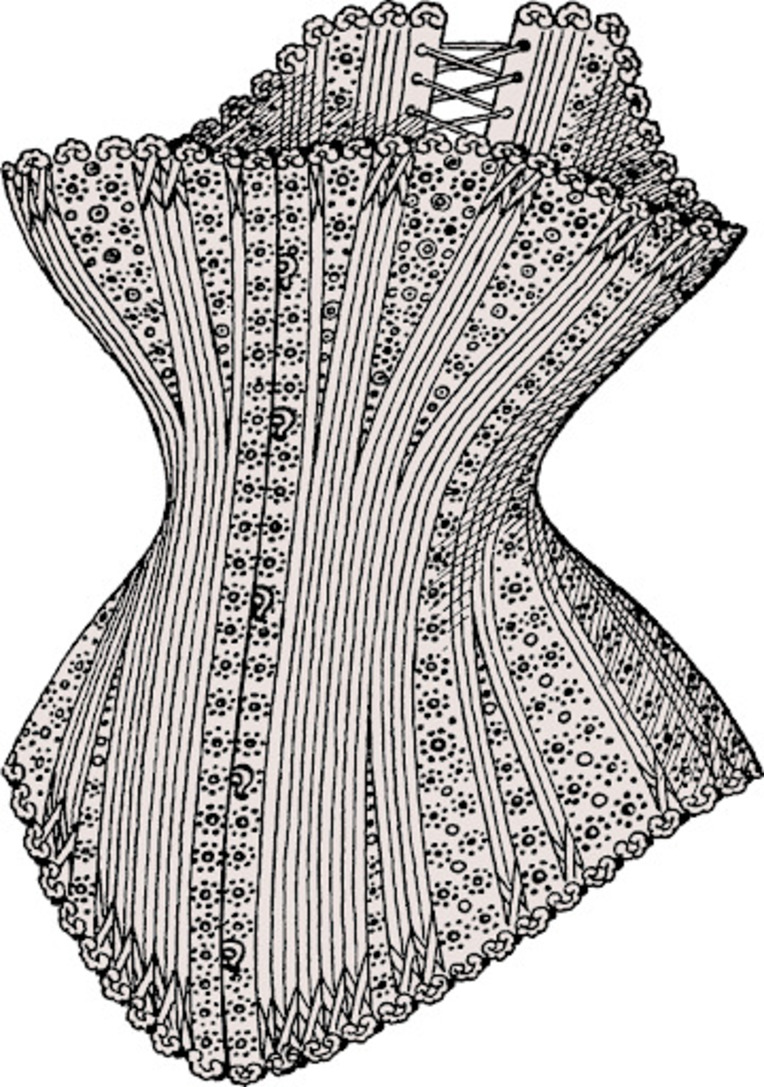
Source: Pinterest
Secondly came the corset, which was secured through lacing, and was custom-made for the intended wearer. Then came the petticoats, a layer that would give shape to the gown. Most of the time, there were two, three, and even four petticoats, depending on the occasion. These contained huge pockets to carry objects without using the need for hands. Smart!
And More Layers!
After the petticoats came the crinoline, a peculiar garment that gave shape to the outermost layer. Because the desired silhouette changed throughout the decades, so did the materials and shapes. For example, the very wide horsehair crinoline evolved to a slimmer bustle with less fullness.
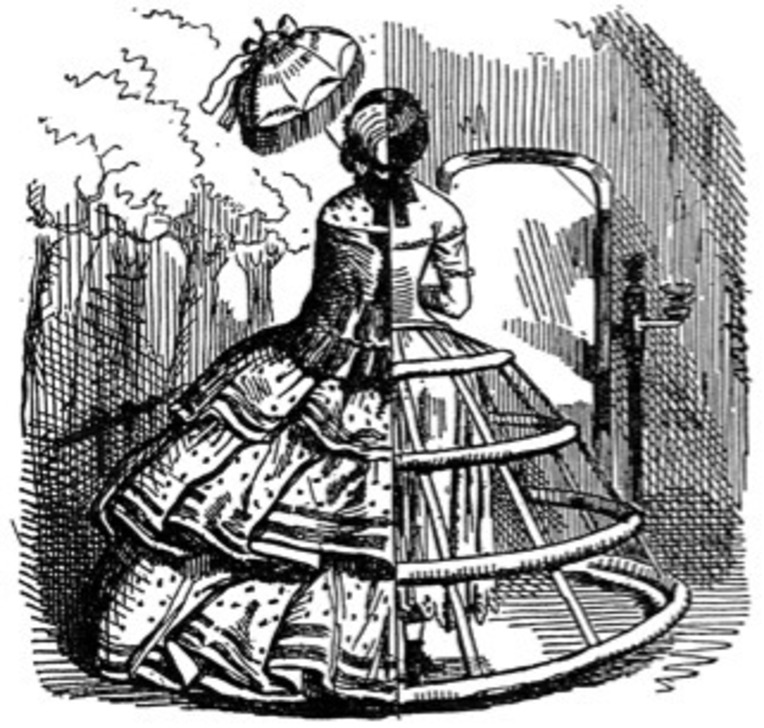
Source: Pinterest
After that layer came the fun part—the camisole, the over-petticoat, and the bonnet and accessories. These elements were the exposed layers that dyed fabric, feathers, bows, ruffles, and lace would enhance. The industrialization of the clothing industry made this time the fastest-evolving fashion history. Hence, rapid changes occurred within a few years.
Curry Everyday
Queen Victoria’s empire was mighty. She overlooked the colonization of many territories, and during her reign, there was a massive advance in technology and science. Her earnings from the boom were so grand that she had many expenses to match.
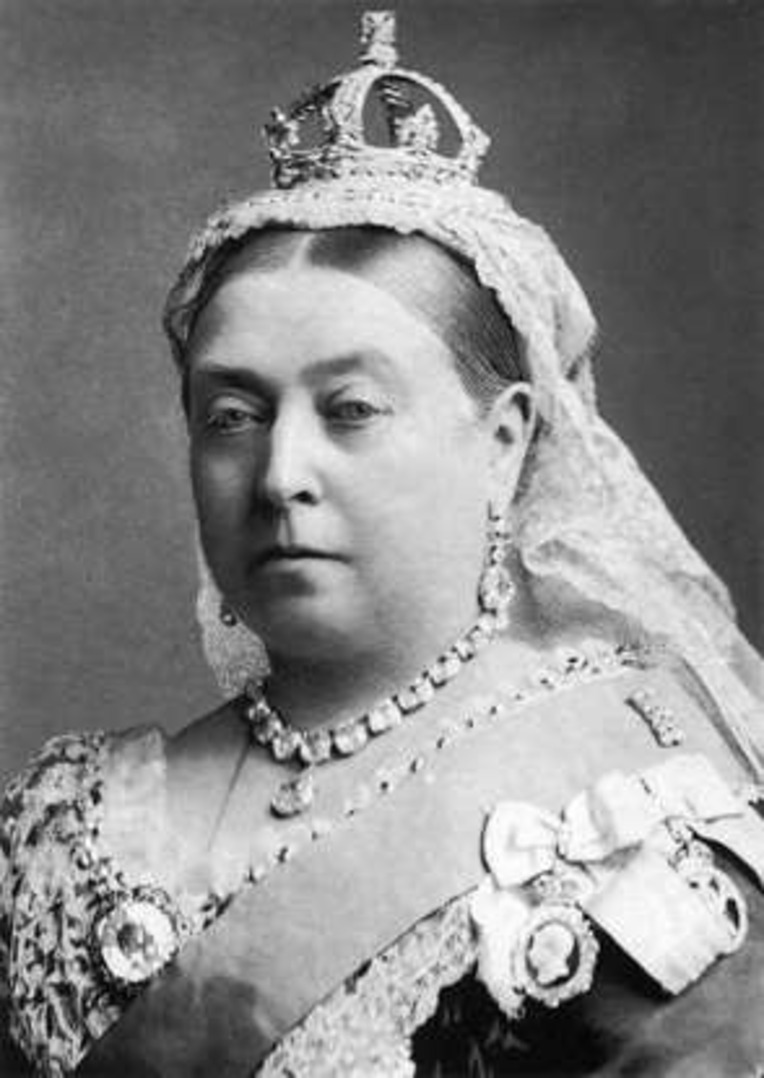
Source: National Portrait Gallery/Wikimedia Commons
She asked her cooks to prepare curry daily. Queen Victoria hated curry, and couldn’t stand the smell of the dish, so it seemed odd she would make such a request. But just in case a “visiting oriental” passed by, she would have a freshly prepared meal ready made.
Delicious Toothpaste
Hygiene awareness was different from today, but it was starting to become an everyday routine. There was little research on dental care, and the tools used were quite rudimentary. Needless to say, they were insufficient in actually obtaining oral cleanliness.
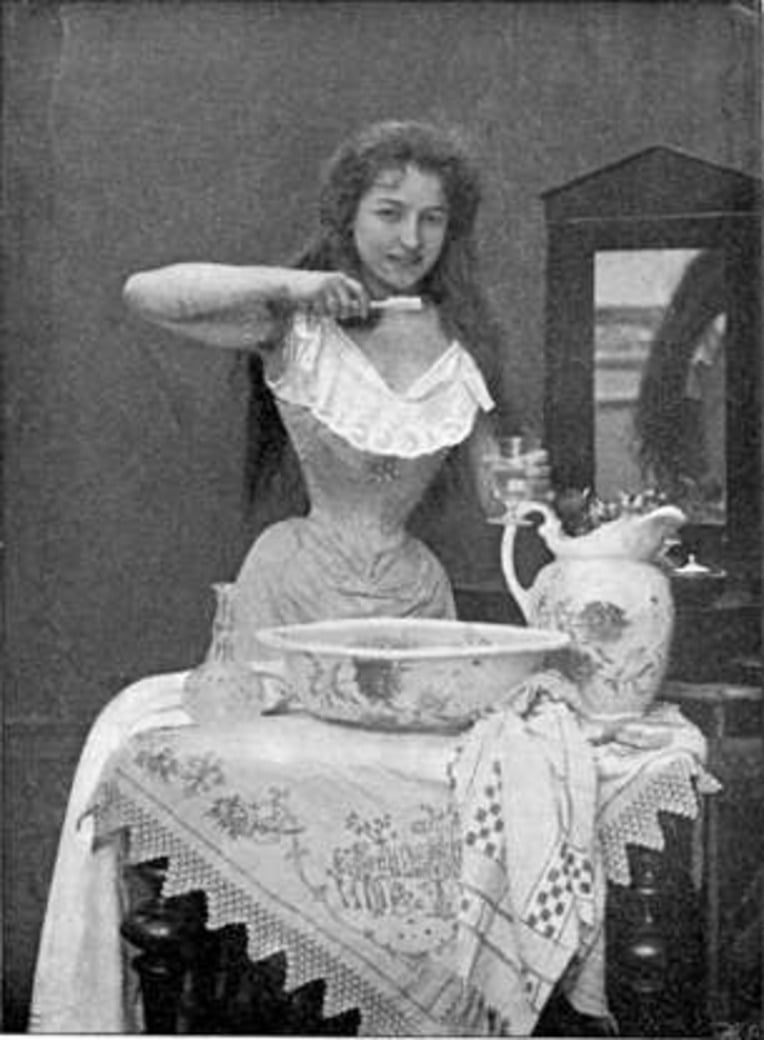
Source: Pinterest
In most cases, it was common for people to use a mixture of charcoal and sugar or honey. People didn’t notice the connection between their toothpaste and their rotten teeth. Whenever someone had a toothache, they would have to attend to a blacksmith who would remove the afflicted tooth with pliers. Ouch!
Odd Festive Cards
Who would’ve imagined that these rigid folks had such a sense of humor? A novelty item that has outlasted many of its contemporaries is sending Christmas cards to family and friends. But Victorians didn’t send you an average Santa Clause or awkward family photo.
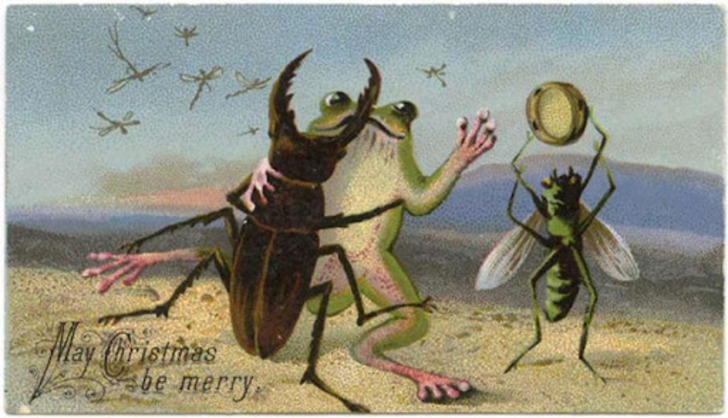
Source: Collectors Weekly
They opted for a somewhat humorous design—a favorite theme being a group of dancing frogs, mice riding lobsters, birds riding bicycles, and other anthropomorphic figures enjoying themselves. However, when they wanted to be less silly, they would send cards with images of dead birds. Why? There are many theories, but we’ll never know for sure.
Mourning Clothes
There were strict protocols for mourning clothes. If you lost a loved one, there would be gossip if you were seen without the appropriate wear. There were many factors to be taken into account. This ranged from the dress’s fabric to the relationship with the deceased.
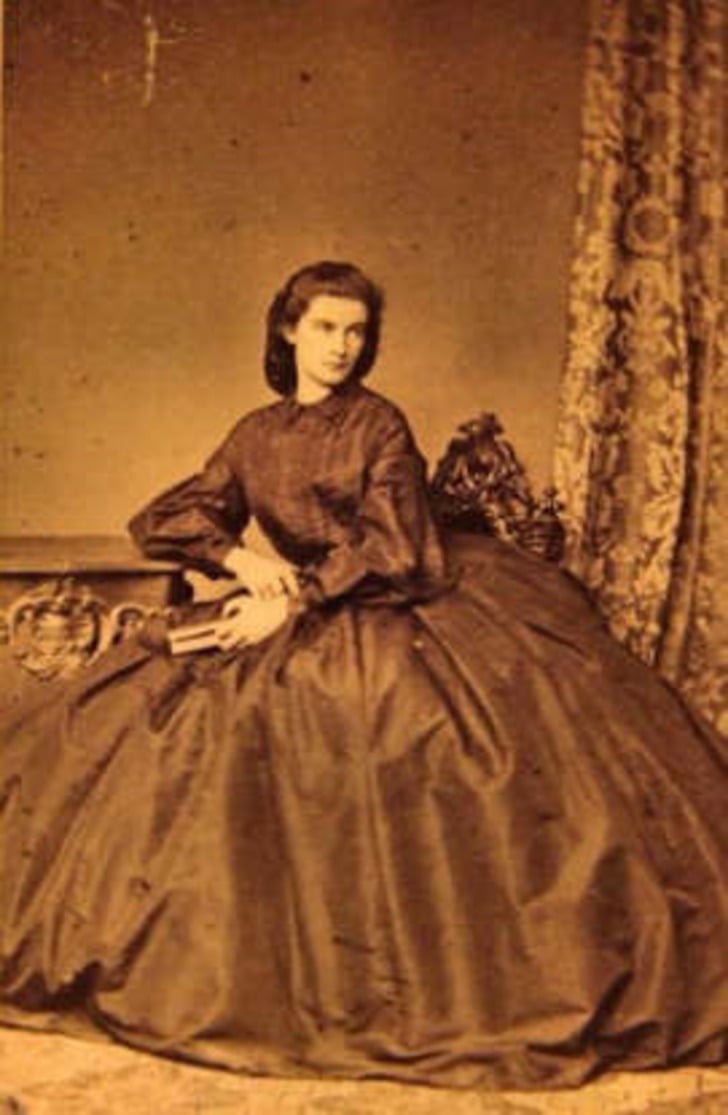
Source: Dangerous Minds
For example, If someone lost a daughter or son, it was imperative to wear mourning clothes made out of bombazine fabric covered with crepe for six months. In the case of a husband’s death, women had to wear a black widow’s cap and no jewelry for a year. Men were to mourn for a shorter time than women.
Rebels Without A Cause
Tattoos were more common than most would think during the Victorian period. Although worn mainly by sailors, soldiers, and convicts, it wasn’t entirely unheard of for those of other social strata to have them. Sometimes, showgirls would get tattoos and piercings.
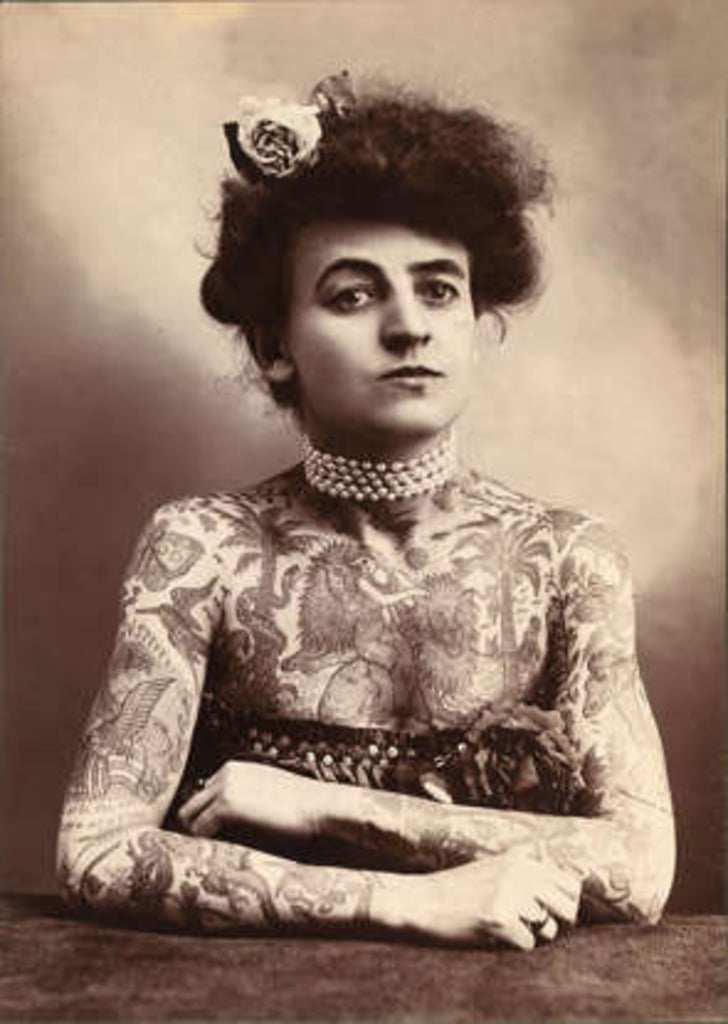
Source: The Plaza Gallery, Los Angeles/Wikimedia Commons
According to some research, the Victorians wore tattoos not only as a means to mark their life story, as previous generations in England had done—but as a means of expression. It is strange to imagine that people with such stiff rules would be so eager to get inked.
Electric Fix
The invention of electricity fascinated the population, but it wasn’t used as a proper means of light until the early 20th century. Before, its uses were… unusual. Electric belts were used as a miraculous medical technology that would target a specific afflicted area.
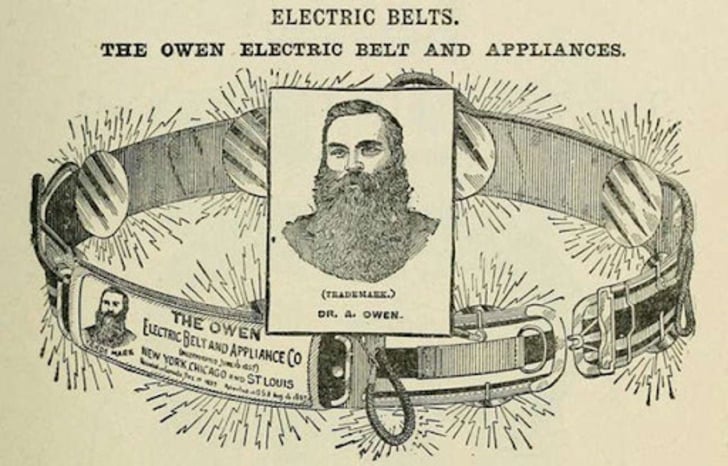
Source: Atlas Obscura
From gout to muscle problems and even congenital disabilities, this appliance was used by the local “electrotherapist” to eliminate any bodily issues. Electrotherapy probably served more as a psychosomatic fix than a real medical cure. There’s no doubt that it left some people with severe scarring.
The Abode of Love
With so much superstition, the Victorians were bound to be tempted to join cults that assured them passage to heaven and access to other miracles. So, Henry Prince, a reverend dismissed from the Church of England for his radical views, started his own cult. The Agapemonites were a radical Christian group that believed in the return of Jesus, but what happened behind closed doors was far from saintly.
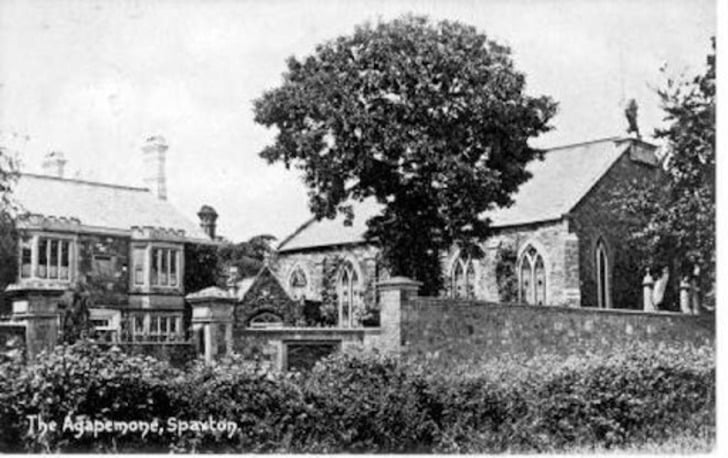
Source: John Whitby and Sons, Bridgwater/Wikimedia Commons
Prince lured rich, unmarried women to join the group and asked them to “donate” the money to the cause. Prince took many “spiritual” brides, which led to a few illegitimate children, and a lot of turmoil around the religious sect. After facing much scrutiny, the group dissolved in 1956 when the last member died.
Cannibal Meds
Many ailments didn’t have cures during the turn of the century, which led the way for many snake-oil salesmen. It was easy to claim miracle remedies with such little information available. Some people would go along with rumors, even if it meant undergoing gruesome procedures.
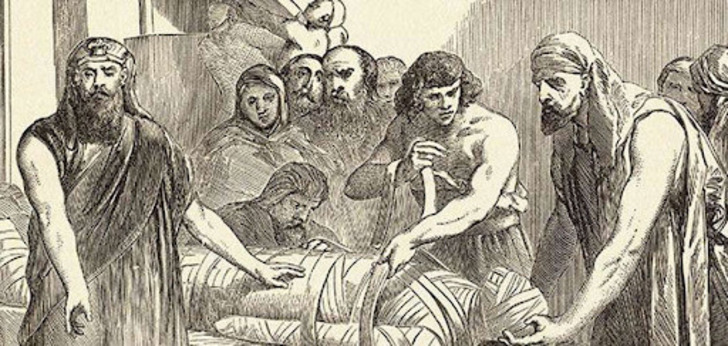
Source: Smithsonian
In many circles, it was common to perform “corpse medicine.”. Allegedly, some conditions could be treated by eating certain parts of the human body. The recipe advised a “fresh corpse,” so many people would go straight to the source—the executioner.
Dead-Good Food
The average lifespan of a person in the Victorian era was 40. But the more you read about them, the less strange that fact becomes. Everything, from work to recreation, seems deadly by our standards today. Especially food! Chalk and alum were common ingredients in bread, pastries, and ice cream.
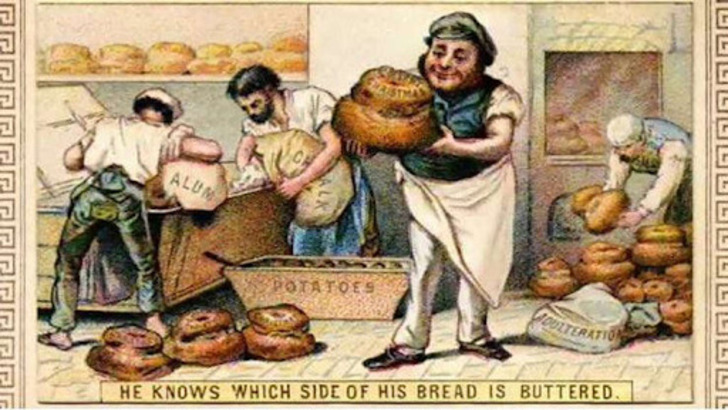
Source: BBC
Lead was virtually everywhere, and strychnine was used as an additive for beer. Because of flour’s high price, bakers would use clay, sawdust, and Parisian plaster to beef up their produce. Mercury was commonly used in candy and medicine to treat melancholy, constipation, influenza, and syphilis.
Age-Old Competitiveness
People are competitive by nature, and the Victorians were no exception. As a result, they tended to use performance enhancers during sports—as athletes do today—but with more of a kick. Although using drugs to enhance performance is heavily frowned upon today, it was happily acknowledged in the 19th.
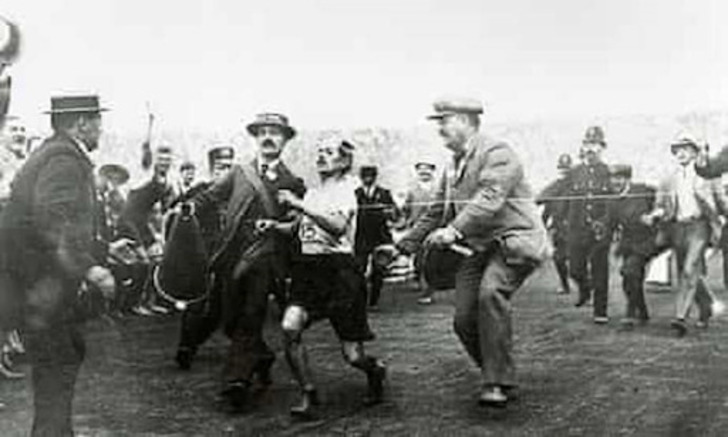
Source: Getty Images
Chewing coca leaves and taking strychnine “tonics” was the norm. Even while their bodies failed, they would be able to cross that finish line. One of the first people to do this was “long-distance walker” Edward Weston, who broke many records in pedestrian racing and endurance tasks. He promoted the use of these special “tonics.”
Bathing Machines
According to the Victorians, the naked body was never to be seen by anyone. So naturally, when people wanted to go for a swim, they had to be extra cautious. Women especially had to ensure nobody in the surrounding area would see them—even while wearing a long swimsuit.
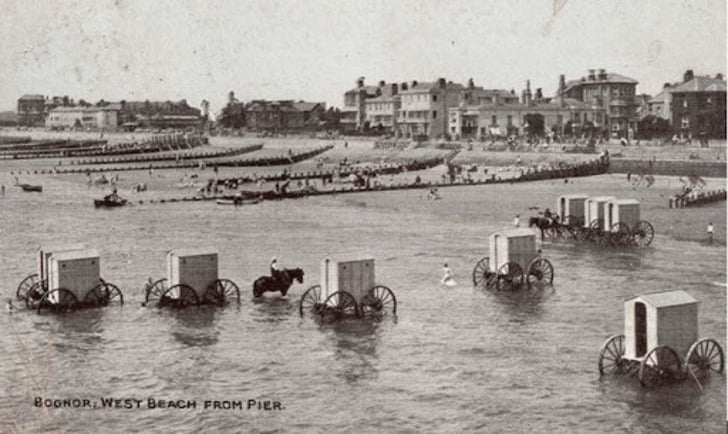
Source: Amusing Planet
In the drastically puritan waters of England, bright summer days on the coast would call for the hiring of a bathing machine. A wagon was carried into the sea by a horse to ensure the utmost privacy for the swimmer.
The Price Of A Cheap Hotel
When rough sleepers found themselves in a bad spot, they could rent a “bed” at the local Salvation Army—a kind deed. The only problem with this was that the “bed” was a bunch of laid-out wooden boxes that noticeably resembled coffins.

Source: (Unknown author/Wikimedia Commons
The odds are that they were coffins—and they were used, at that. At only four pennies a night, it was one of the first homeless shelters in England. They would also provide food and a tarp as a blanket. It proved very successful then, especially during the harsh British winters.
A Peculiar Smell
Victorian England wasn’t the most sanitary place in the world, and people’s customs didn’t help either. It’s been commonly described in both historical archives and literature that out of all cities, London was the worst. As soon as visitors approached, they were surprised by an unbearably foul smell.
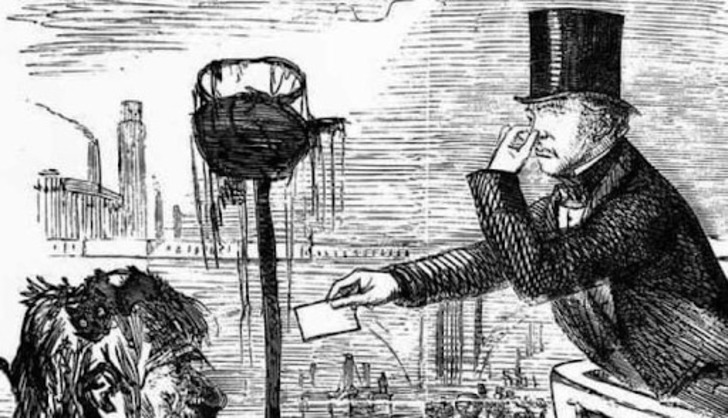
Source: History Collection
With the river Thames full of raw sewage, the streets and back alleys used as public bathrooms, and the air full of coal, it was a nest of infection and disease—not the romantic city Hollywood would have us believe it to have been. After a heatwave in 1858, the government was finally forced to do something about it.
Modesty Panels
While Victorians were expected to cover practically every part of the body, this only fueled an obsession with the forbidden. It unleashed a wave of perverse people that were obsessed with everything banned. The slightest bit of exposed flesh would excite people. Hence, the modesty panel was created.
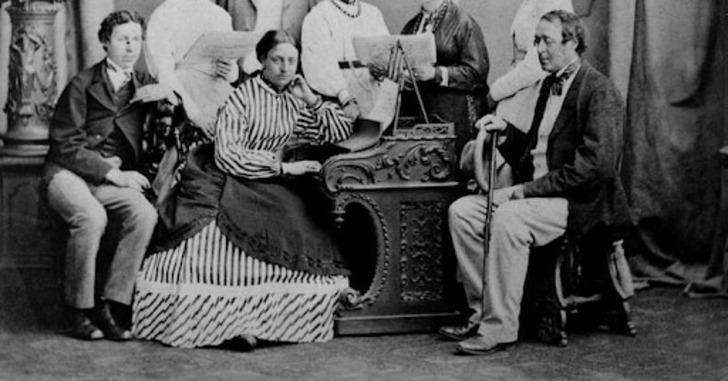
Source: Getty Images
This piece of furniture was placed to shield legs, ankles, and feet from intrusive eyes. Coming from the same people that considered modesty one of the most desirable characteristics a person could have, it seems like a given that they would build furniture to cover themselves.
Weird Tech
The age of technological inventions was “full steam,” which meant that anything was possible. No idea was too wacky or dangerous to be tried. And many ideas were VERY wacky and VERY dangerous. Luckily, we’ve implemented more sensible solutions in the 21st century.

Source: Getty Images
The electric corset was aimed at ladies with ailments such as hysteria and nervous dyspepsia. The magnetic brush was powered by magnets and targeted those who feared going bald. Other inventions worth mentioning are bicycles that ran on rails, spectacles for short-sighted horses, and the grenade fire extinguisher. But our favorite is the organ that threw flames out of its windpipes instead of wind.
Freakshows
We’re grateful that empathy has prevailed since this era, and we no longer find it entertaining to laugh at other people. In Victorian times, one of the most prevalent forms of entertainment was the freak show. These human circuses would display people with irregular physical traits and conditions.
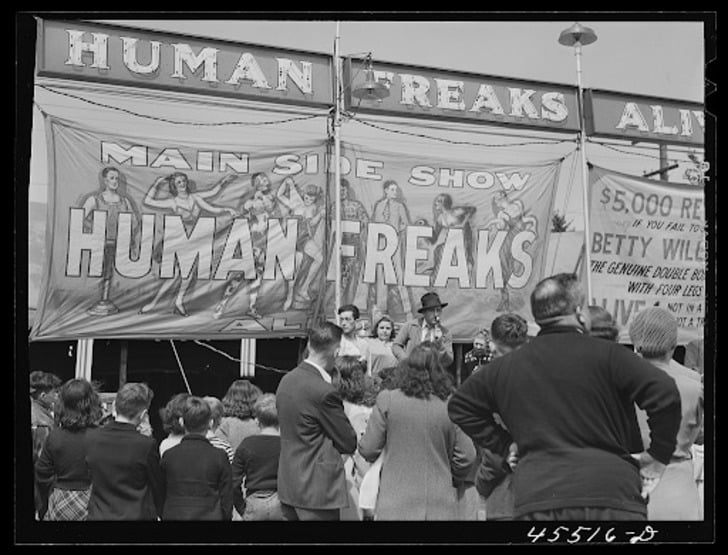
Source: Ookaboo
Some of these people would have an extra limb, small height, skin conditions, intersex variations, and conditions like microcephaly. However, other shows were more performative, such as acrobats with hyper flexibility, incredibly strong folks, fire and sword swallowers, and heavily tattooed people. Unfortunately, human exploitation wasn’t deemed wrong at the time.
Magically, Ghostly and Functional
The evangelical revival was in heavy turmoil against the substantial technological advancements of the era, which brought some odd consequences, one of them being cults and a general fascination for the supernatural, which was frowned upon by the church.
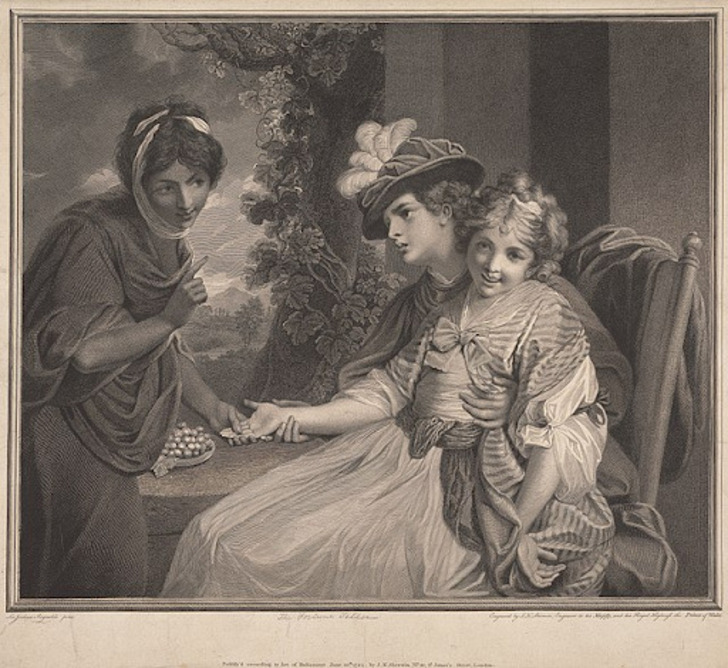
Source: WhatJaneSaw
Magical thinking overlapped with the advent of technology, and magicians and mediums of the time profited from this. Both public and private events would often hire fortune tellers or do seances to communicate with the dead or predict the future.
Queen Victoria’s Obsession With Death
Because of the extremely high death rates, mourning in Victorian times was common and encouraged. Mourning was seen not only as an act of respect but also as a way of life. The most notable mourner was Queen Victoria herself, who, after losing her husband, Prince Albert, wore black for forty years until her own death.
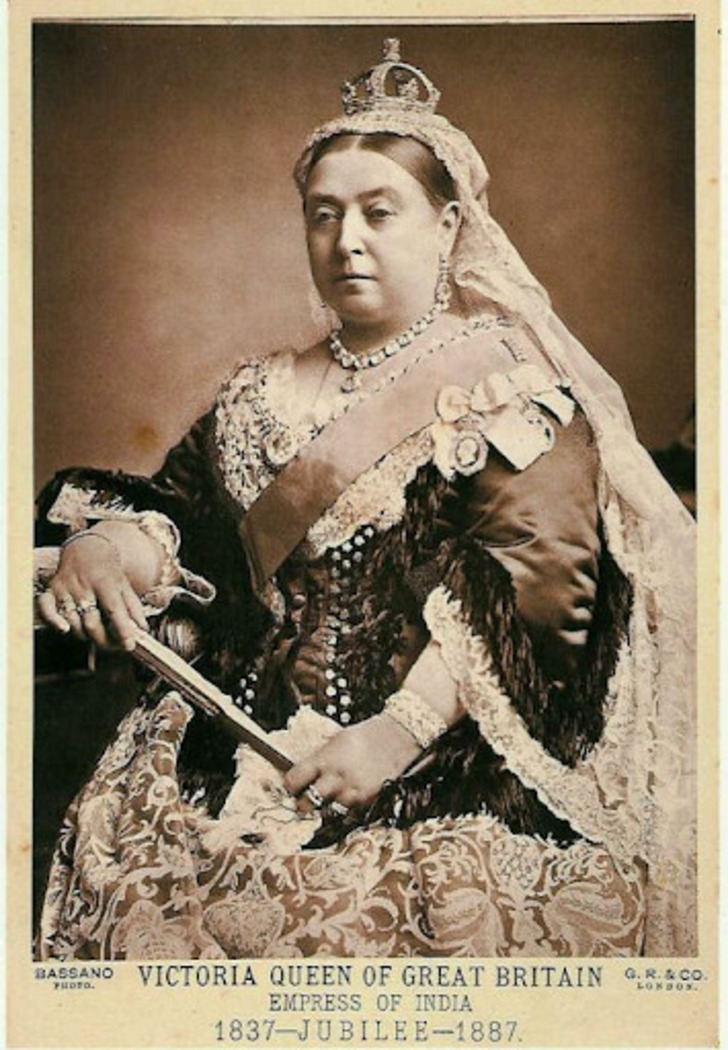
Source: Wikimedia Commons
Prince Albert died of typhoid fever on December 14th, 1861. Following the event, Victoria was rarely seen in social gatherings and was nicknamed “The widow of Windsor.” In addition, her depression led her to eat compulsively, and her weight gain made her self-conscious of her image, furthering her seclusion.
The Glutton Club
Charles Darwin rose to fame for his contribution to biology and the natural sciences, but there is a less-known aspect of his life—perhaps his most outstanding contribution to Cambridge University—The Glutton Club. It was a society formed among biology majors and led by Darwin himself.

Source: Management Help
The motto was “consume birds and beasts unknown to the human palate,” They did their fair share until the club was dissolved following an incident with a brown owl carcass. During Darwin’s famous travels, he ate a puma, a 20-pound rodent known as an agouti, a lesser rhea (which hadn’t been classified), and a giant Galapago tortoise, amongst many other exotic animals.
Superstition
The Victorians had a lot of practices in their superstition-filled time—some much wackier than believing in ghosts. There would be tomes full of information on ways to detect a death omen. Amongst them were: seeing an owl during daylight and a single snowdrop falling in the garden.
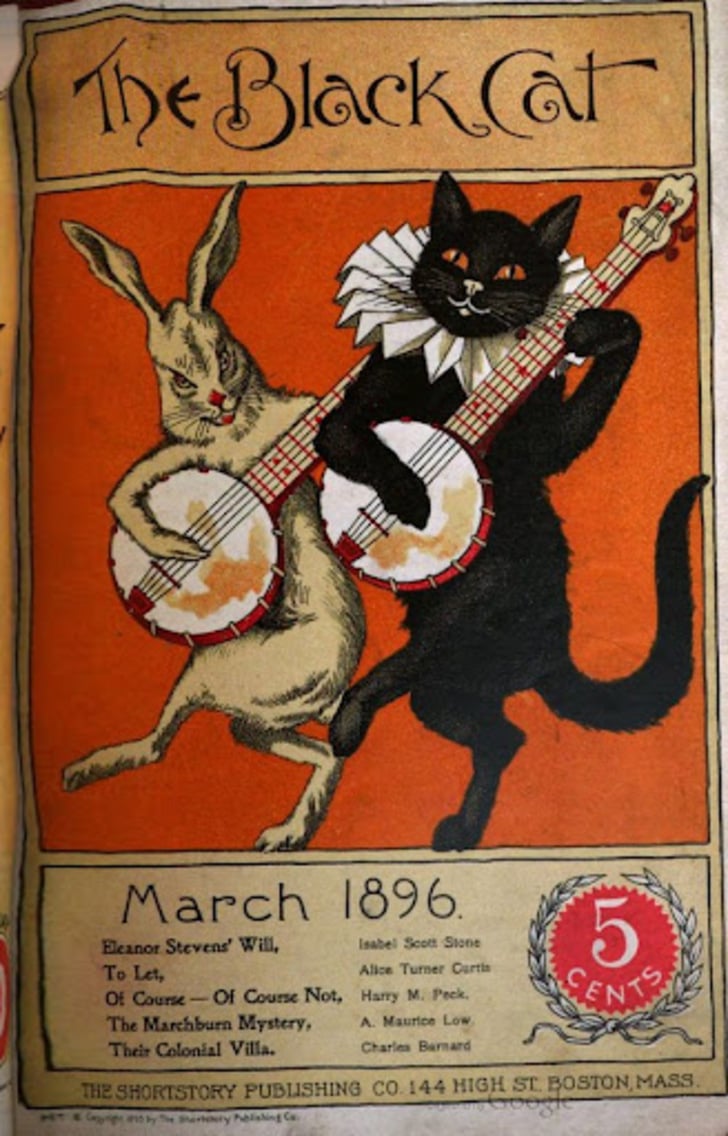
Source: Fine Art America
Eating cheese before bed was considered a call for death. Whenever two family members died, a third one was expected to do so too. Dreaming of black cats, white rabbits, black dogs, grey horses, owls, and oneself were considered terrible omens of evil. Many of our omens are remnants of the Victorians—like breaking a mirror and walking under a ladder.
Underwear Who?
One of the first questions we get when we look at the dresses women used to wear during the Victorian era is, “how on earth did they go to the bathroom?” With all those layers, it seems like the most complicated task in the world.
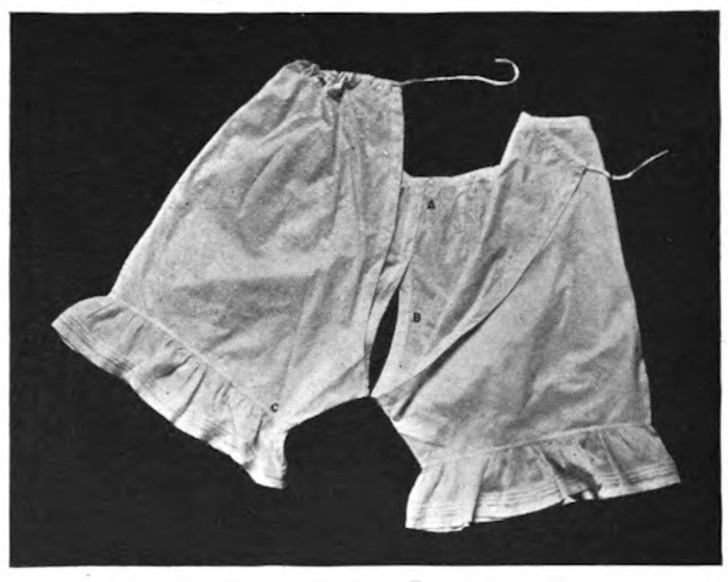
Source: Curly France
They weren’t just able to go to the bathroom and pull their robes up. Open drawers, as the word suggests, weren’t completely closed. They were tied from both sides of their legs but left most of the rear uncovered. The lady would have a place to tinkle from under the crinoline. Clever!
